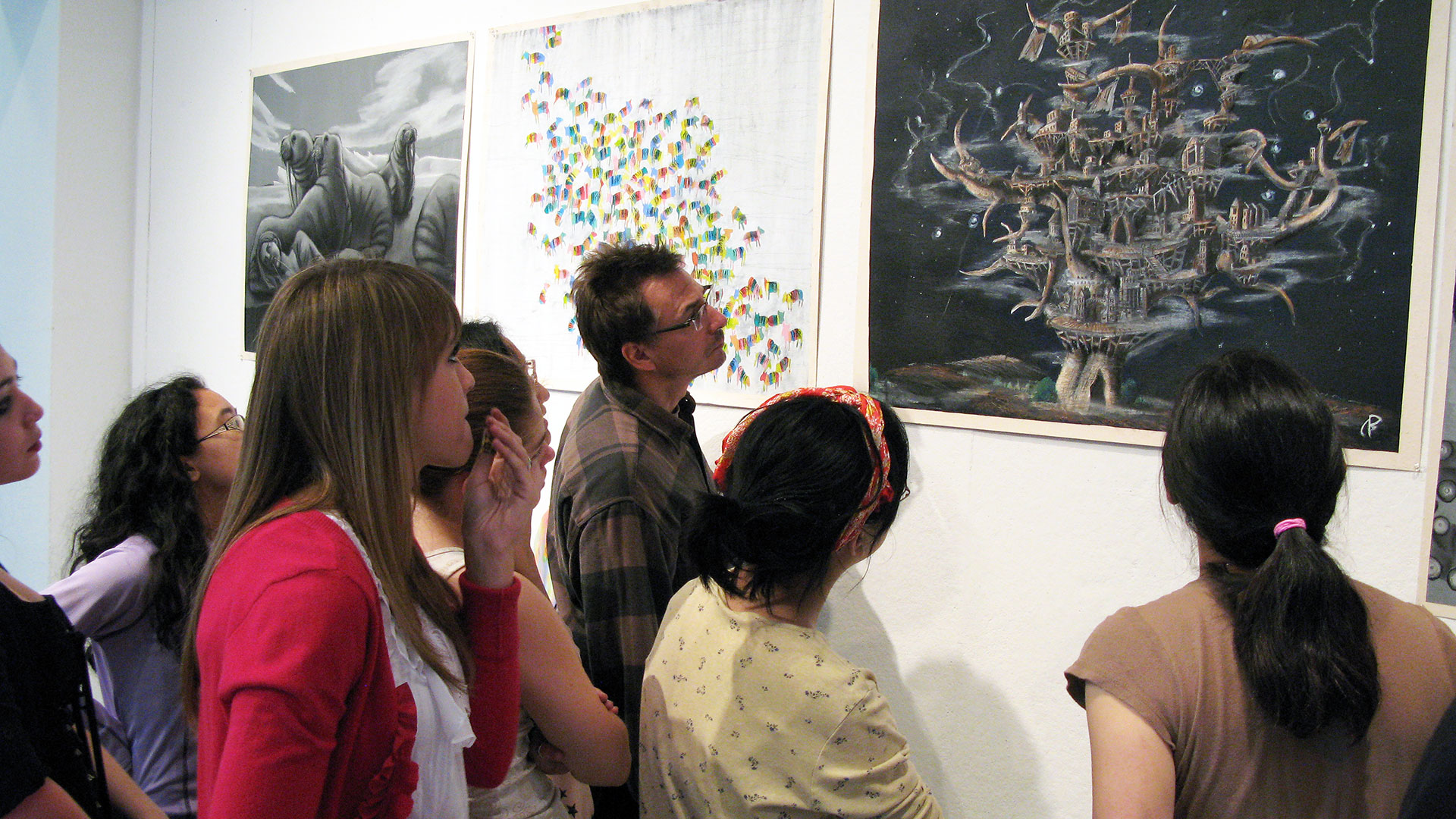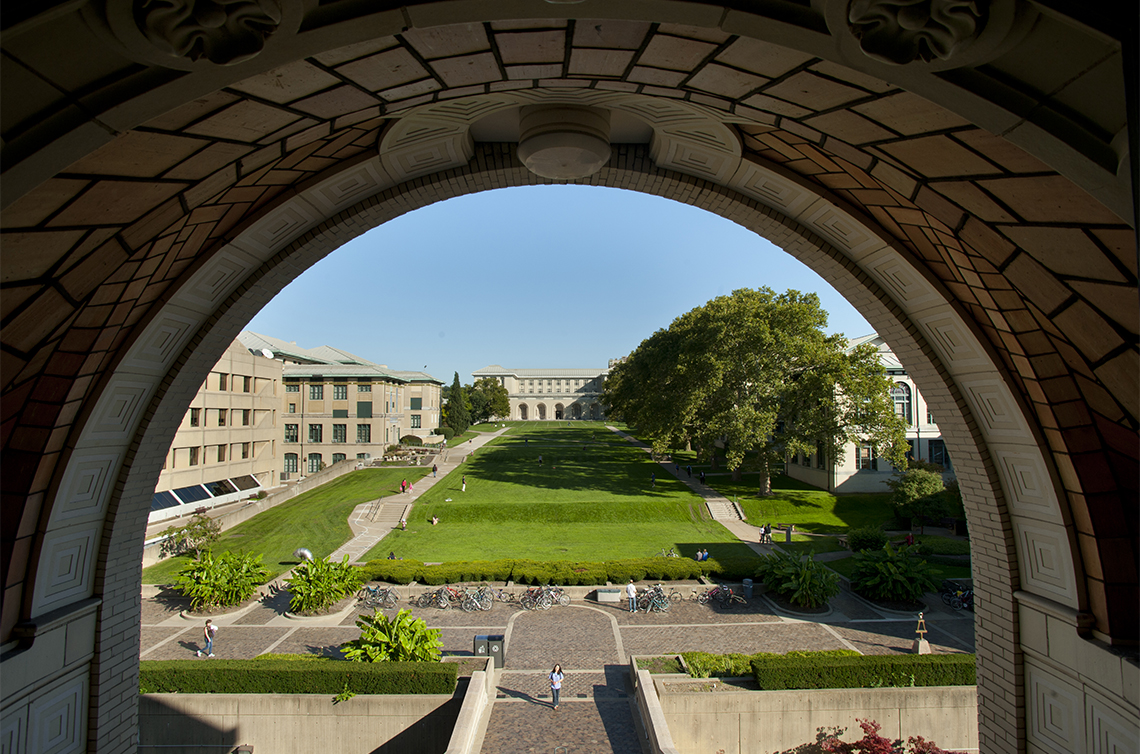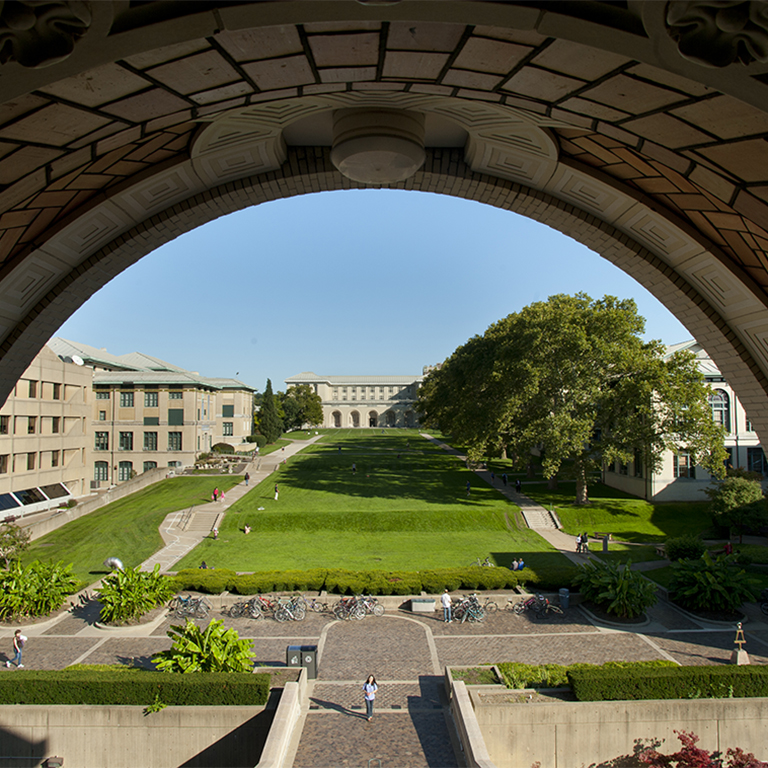
Beloved for his irreverent, experimental classrooms, Professor Andrew Johnson is retiring this year following two decades of teaching at the Carnegie Mellon School of Art. Throughout his time at CMU, Johnson has challenged students to question convention, embrace contradiction, and reimagine what art can be and do in the world.
Andrew Johnson joined Carnegie Mellon University 20 years ago, after teaching for 10 years at public and private colleges and universities, including five years at the University at Buffalo. He found the School of Art’s flexibility and immediacy in creating, developing, and revising its curriculum to be a tremendous asset for teaching in the arts. He described teaching and mentoring first-year undergraduates through third-year MFA graduate candidates as its own reward.
“Andrew Johnson has taught with a singular mix of humor, rigor, and radical openness,” said Head of School Charlie White. “For two decades, his classes have empowered students to take risks, embrace contradictions, and question systems — pedagogically, politically, and personally. He’s made space for wild experimentation and deep reflection, pushing students to consider not just how to make art, but why. We’re grateful for the critical imagination he’s brought to our school, and we’ll carry the impact of his teaching forward.”
Johnson devoted his teaching to non-media specific conceptual courses throughout the undergraduate experience, encouraging students and their work to grow in multiple directions with surprising results. Each class offered unique opportunities for discovery and unexpected ways of looking at, thinking about, and engaging with the world both inside and outside the classroom. His courses were always experimental. Classes such as Risk, Agency, Failure, first-semester drawing studios, or special topics like Apprehending Apparitions emphasized research as well as the pleasures and discipline of making, rather than a focus on goal-oriented results. Historical and contemporary aesthetic traditions were introduced to confront — rather than conform to — established value systems.
Even bad jokes became teaching devices. Verbal and visual puns frequently disrupted direct paths to easy success. Project prompts were designed with alternate interpretations in mind. Defining what was happening mattered less than delighting in how much was happening. Multiple and contradictory approaches were not only welcomed but encouraged. The skeptical, irreverent, and absurd were embraced alongside the critical, sensitive, and passionate.
Johnson built classes to decentralize power structures and consistently emphasized the political stakes of representation. The experiences and expertise of each class member enriched the group as a whole. Figure drawing models sometimes led critiques, offering insight into how they were depicted. Visiting calligraphy masters from China, Korea, and Japan demonstrated that drawing the simplest line can be both challenging and deeply meaningful. Class gerrymandering games illustrated how contour lines shape real-world consequences.
He also developed 2D Imaging classes that extended traditional drawing techniques and created an array of special topics courses, often in response to timely or local opportunities. One first-semester project in 2009 responded to Pittsburgh’s G20 summit with a massive HELP WANTED sign that covered CMU’s entire soccer field. The work was documented by the Gigapan, an ultra-high-resolution robotic camera developed at CMU.
Committed to cross-cultural understanding, Johnson actively participated in international academic exchanges. While at CMU, he held guest or visiting appointments at The Korean National University of the Arts in Seoul, Camberwell College of Arts at University of the Arts London, and Tsinghua University in Beijing. In 2008, he led TRANSIT, an exchange project that hosted Japanese art faculty and students from Kyoto, Nagoya, and Tokyo.
As an artist, Johnson explores social and political struggles through haunting visions of equity and justice. His work — across static and moving images, and across media — depicts situations in which meaning threatens to collapse, shatter, be devoured, or escape: a 2,000-pound millstone balanced on 144 wine-filled glasses; glass baby rattles filled with stones; pigs trampling books in pens of muck. Covered by a mound of alfalfa in Egypt, he filmed camels eating above him. In massive ink drawings, Founding Fathers appear with betrayed ideals and redacted pledges, situated in precarious, timeless conditions that activism still has the power to change.
Johnson’s paintings, drawings, sculptures, digital collages, videos, and installations have been exhibited in museums, galleries, electronic arts and video festivals, public collaborations, conferences, books, and journals across North and South America, Europe, Asia, and the Middle East. He has completed residency projects at Skowhegan, Fayoum International Art Center in Egypt, Sites of Passage in Jerusalem/Ramallah/Pittsburgh, the Academy of Fine Arts in Poznan, Poland, and Blue Mountain Center in the Adirondacks.
“Several times over the years I have seen Andrew get down on his hands and knees in order to greet a child at their level — a simple act that struck me as perfectly characteristic of his ethic of radical democracy, and of his boundless capacity for intellectual and actual play,” shared Professor Clayton Merrell. “Andrew, who can casually quote Greek philosophers in conversation while simultaneously making subtle punning allusions to obscure jazz albums and contemporary politics, has surely gotten down to my level a time or two, patiently waiting for me to catch up, so that the conversational game can continue. Andrew’s artwork and teaching have always been dense with this wonderfully rare mix of complexity and generosity. His classes have been beloved by students for the way he brings so much inventiveness and playfulness to such serious topics. Children have the capacity to take ridiculous things entirely seriously, as well as to effortlessly ridicule self-serious things. Andrew has those gifts as well, for which I admire him tremendously. I’m going to miss his brilliant goofiness, his kindness, his pointed humor and his righteous fury. He has consistently made this school a better and more human place.”
More from Andrew Johnson | andrewellisjohnson.com




